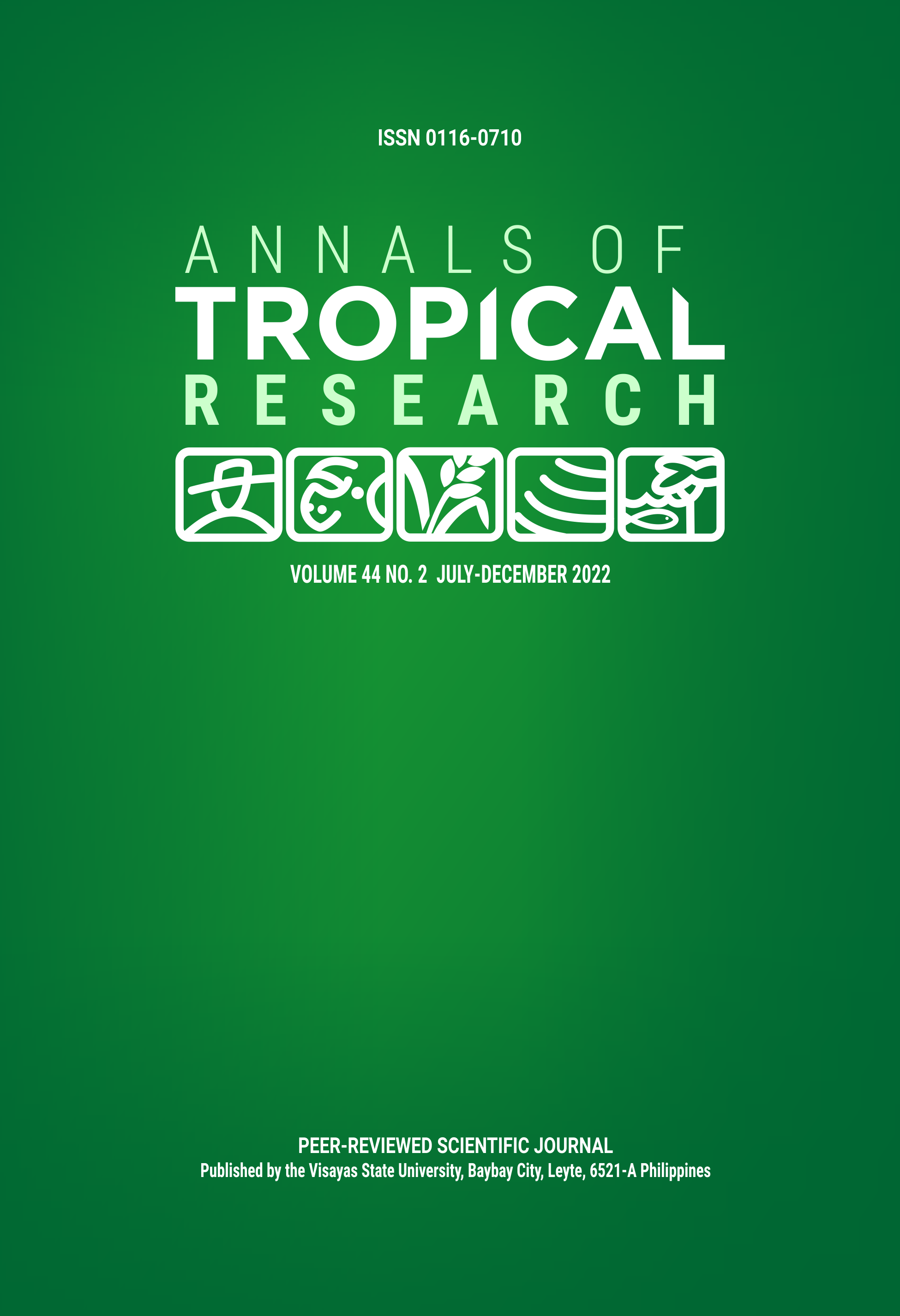Ethnomedicinal and biological activities of tropical mahua (Madhuca species) – A comprehensive review
DOI:
https://doi.org/10.32945/atr4425.2022Keywords:
Madhuca, ethnobotany, bioactive agents, therapeutic activity, health benefitsAbstract
The genus Madhuca, of the family Sapotaceae is a multi-functional tropical tree with the species, Madhuca indica (latifolia), M. longifolia, and M. butyracea being the most prevalent. The nutritional and health benefits of mahua are due to the richness of its anti-oxidant, vitamin, mineral, and biochemical composition. Mahua plant (flowers, fruits, roots, bark, seeds, and leaves) extracts have a variety of bioactivities and ethnomedicinal applications (antidiabetic, anti-carcinogenic, anti-inflammatory, antimicrobial, etc.). They are traditionally well-known for their ability to prevent/treat various ailments. The phytochemical constituents have a defense mechanism and therapeutic role in the treatment of disease. Madhuca spp. has built the linkage between ethnic people, traditional knowledge, and livelihood support of the resources. This study/literature review has been undertaken to investigate the mahua as a forest resource that can be used for building livelihood resilience among ethnic communities. This review gives an extensive overview of the scientifically evaluated mahua plant extract bioactive molecules and a possible mechanism for the therapeutic potential for treating various diseases. Further, analyses of the opportunities and scope with future openings for the development of health-giving properties/abilities are extensively summarized.
Downloads
Submitted
Published
How to Cite
Issue
Section
License

This work is licensed under a Creative Commons Attribution-NonCommercial-ShareAlike 4.0 International License.











